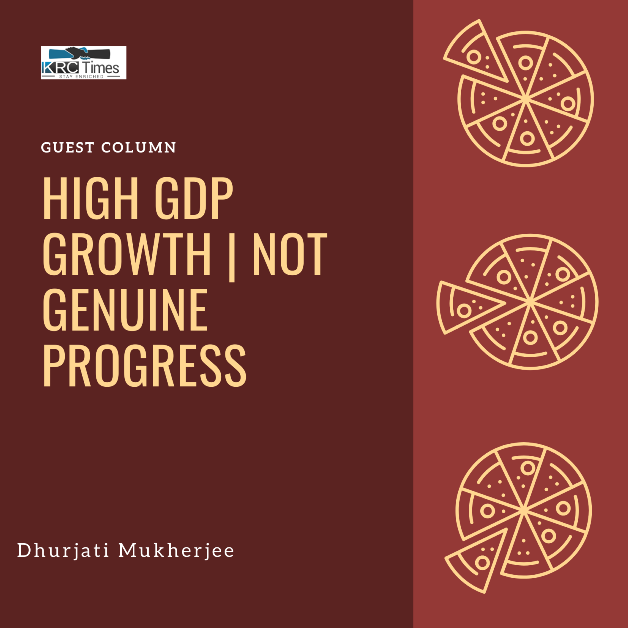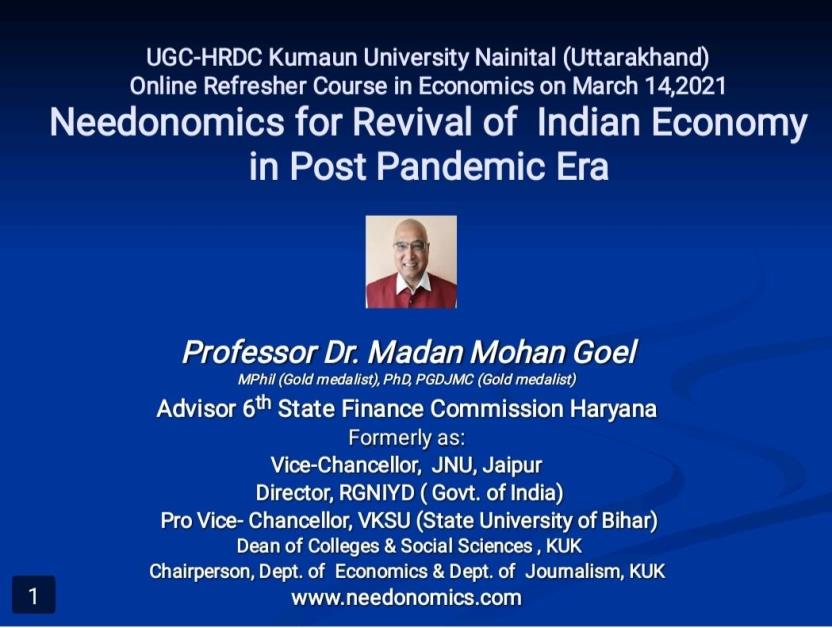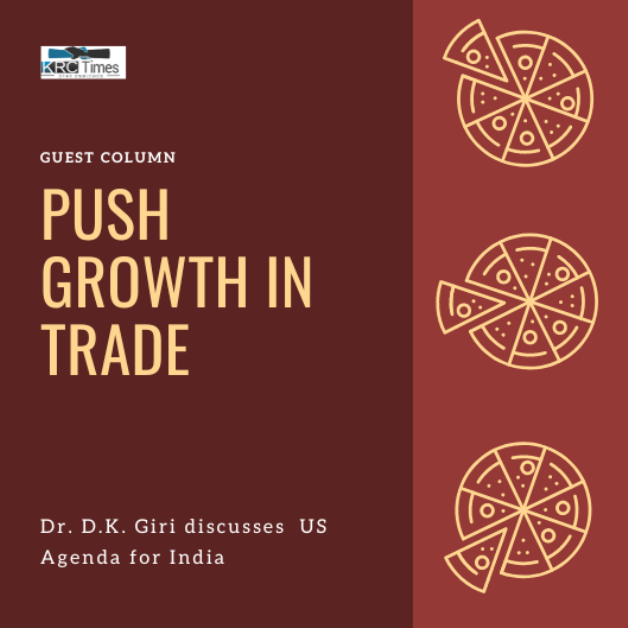The usual criteria for judging progress, growth per capita gross domestic product is a misnomer; as one can have high per capita GDP growth in a country where the majority is underfed
 Dhurjati Mukherjee I INFA Service
Dhurjati Mukherjee I INFA Service

Some economists are concerned over whether India can return to 7 per cent GDP growth. The entire outlook of our economists, as always, is not on grass-root development but the GDP numbers. Though it has been repeatedly pointed out that mere growth of GDP does not percolate downwards and benefit those who live in poverty and squalor and whose income needs to be given a boost.
The usual criteria for judging progress, growth per capita gross domestic product is a misnomer; as one can have high per capita GDP growth in a country where the majority is underfed. An obvious indicator of economic progress is that essential goods and services are affordable and available to the masses. Special mention may be made of food intake and thus adequate or increased foodgrain absorption may be treated as an indicator for assessing economic progress, though other factors such as education, housing and healthcare are equally necessary criteria.
The government is trumpeting the fact that India has achieved one billion vaccinations, whereas a lot more still needs to be done as around 35 per cent of the population has only been doubly vaccinated. The challenge is obviously not measuring the GDP growth but the general welfare of all sections of the population, especially those residing in rural areas and belonging to the poorer sections.
While sanitation facilities in rural India have improved through the Swachh Bharat mission, the Pradhan Mantri Ujjwala Yojana (PMUY) has provided cooking gas connections to a lot of people and the government is now planning to give piped water to every household, the schemes are long term goals, which need sustenance and resources. More so, a recent report has noted that a large number of people in rural areas are no longer using gas due to its high price and have returned to the traditional practice of using forest wood for cooking.
Notably, India’s southern and western states have fared much better due to high educational levels and better governance of the administrative system. The laggard States turn out to be Uttar Pradesh, Bihar, Jharkhand, Madhya Pradesh etc. as these are most socially and economically backward. Besides, the discrimination continues in these States, both on religious and caste considerations.
Moreover, underemployment and unemployment remain a big problem. There are fewer and fewer jobs in the government and the private sector has virtually no employment opportunities at the basic level. There are other serious issues affecting micro-level businessmen and very small traders who are struggling to earn incomes at pre-Covid levels. Lakhs of migrants have lost their jobs and are trying to get into schemes such as MGNREGS. And while rates are below Rs 200 per day in most States, reports indicate that a significant portion has not got their wages for the past few months. As per a survey, around 71 per cent of wages were not received by workers for jobs completed between April and September 2021. The reason cited is that the Centre has not earmarked and released additional funds needed by the programme.
As is well known, the demand of some political parties as well as social activists to extend the scheme from 100 days to 150 days or at least 125 days have fallen on deaf ears. Added to all this is the fact that female participation in the workforce has come down, denting India’s demographic dividend.
The informal sector economy has shrunk from its contribution to GDP of around 52 per cent three years ago to about 18-20 per cent presently. A recent report of the State Bank of India attributed this situation to the introduction of GST, rapid digitalisation of the economy and demonetisation. It was found that of the workers registered in e-Shram, 92 per cent reported income of less than Rs 10,000 per month. If it is assumed that each worker has, on an average, three dependents, then the per capita income is alarmingly low.
Coming to the issue of investment, the country was investing 28 per cent of the GDP even in pre-Covid slump years, but it is presently much less, obviously due to resource crunch. Private sector investment is not even half the amount as the companies are more interested in keeping profits. There is no mechanism that could force companies to invest a part of their profits in expansion and/or diversification. Plus, it has been found that most corporates are not allocating funds for CSR, as mandated.
Thus, there’s a need to ponder whether the oft-repeated argument of lesser taxes for corporate houses has resulted in their expansion and/or diversification plans being intensified. Moreover, a special tax on the ultra rich was aired, time and again, by a section of economists, but the government preferred not to comply for reasons best known to it. Is it because these business houses are large donors to the party in power? Do they extend different kinds of benefits to political leaders?
There can be no denying that improving its fund kitty through sales of petrol and diesel is not enough for the government, rather it leads to inflation and price rise. Thus, there is a need to tax the ultra rich and even the rich to generate investment in the economy, specially for welfare schemes, which as MGNREGS shows, are starved of funds due to the government’s tight monetary position.
The government needs to raise additional resources as with COVID-19 pandemic, the situation has turned critical with large sections of migrants and informal sector workers unable to earn a livelihood. The government is reluctant to formulate something like a basic minimum income or even an employment programme for the urban poor.
What can and should be done? In my opinion, the defence budget needs to be curtailed by 20 per cent, apart from levying a special tax on those whose income is over Rs 4-5 lakhs per month for two years or so. Doctors who earn lakhs from private practice may be forced to pay the required income tax. The corporates must carry out their CSR obligations and ensure that the rule is complied with, it be scrutinised by a retired judge. Besides, expenditure on the bureaucracy should be curtailed.
To sum up, while high GDP growth may be necessary to boost national income, it does not necessarily percolate downwards and help those struggling for sheer existence. The poor and the impoverished continue to languish and all talk of their development remains unaccomplished. Additional resources, as stressed, need to be generated through diverse methods. The government needs to get its priorities right and ensure that the welfare of the masses, oft-promised, does not remain a mere slogan. It must remember that the proof of the pudding lies in its eating. —INFA
Advertisements | KRC Foundation

To know more, WhatsApp your enquiries at +91-9330830083





